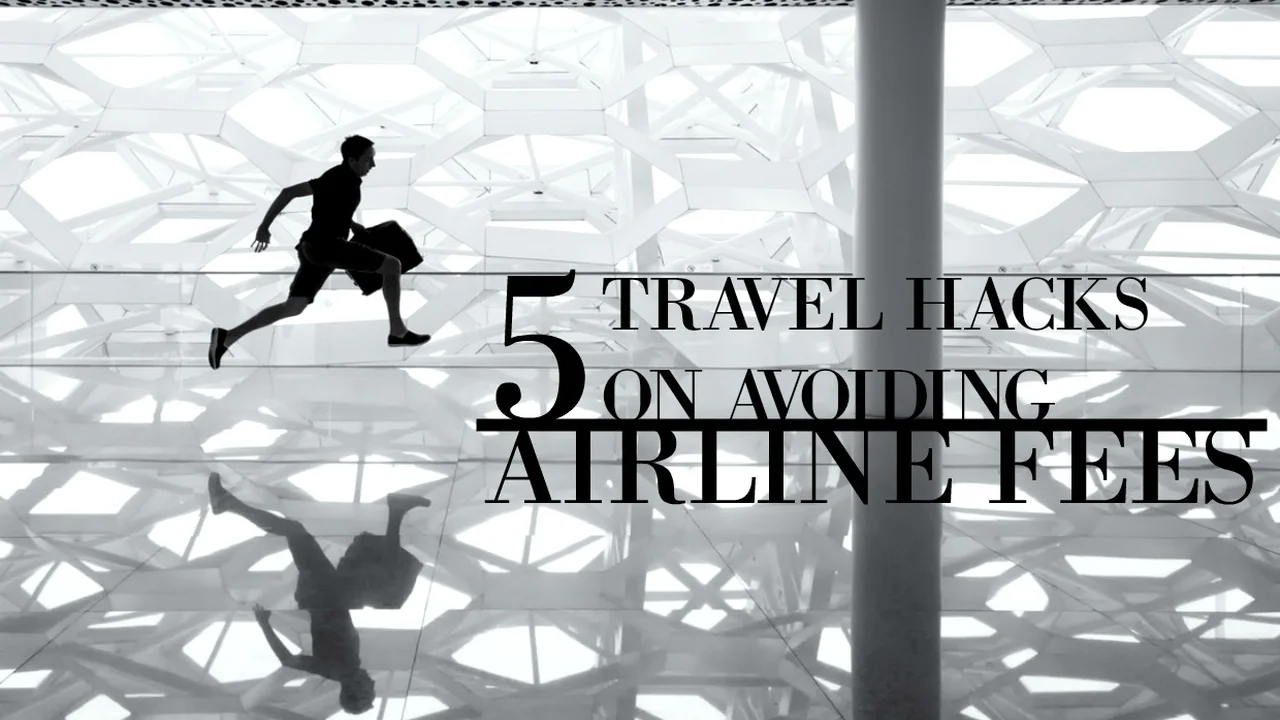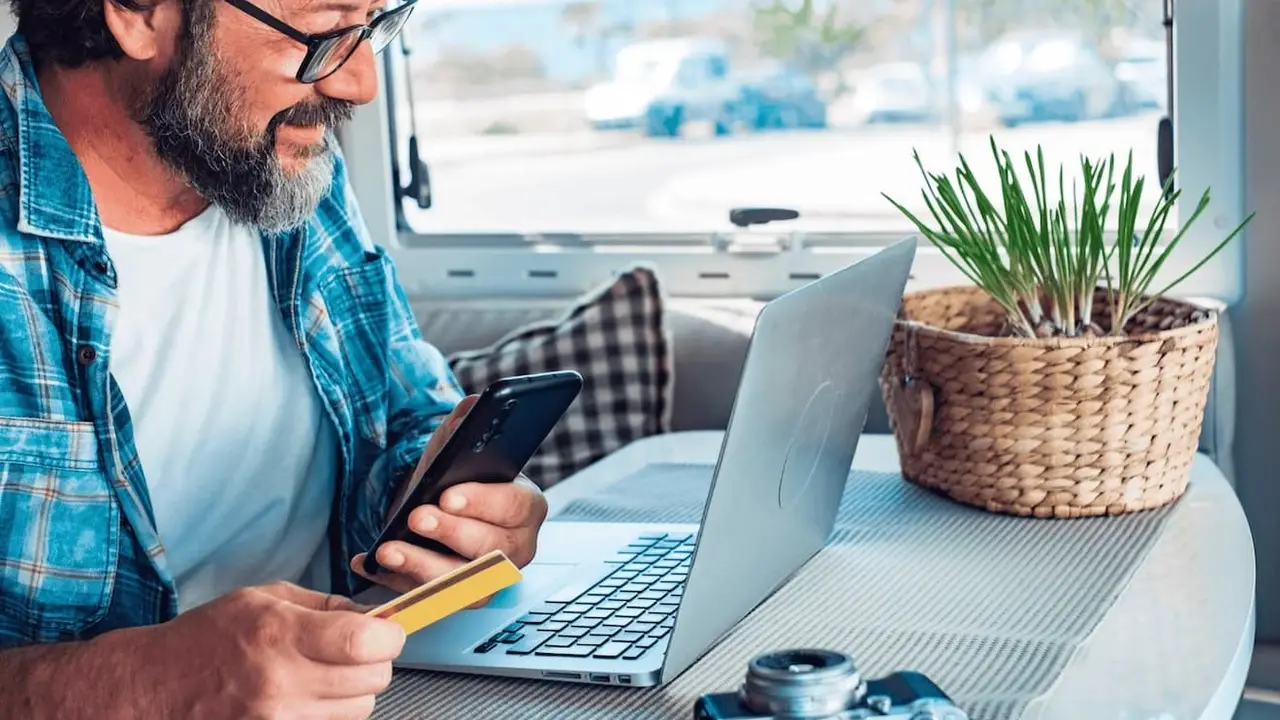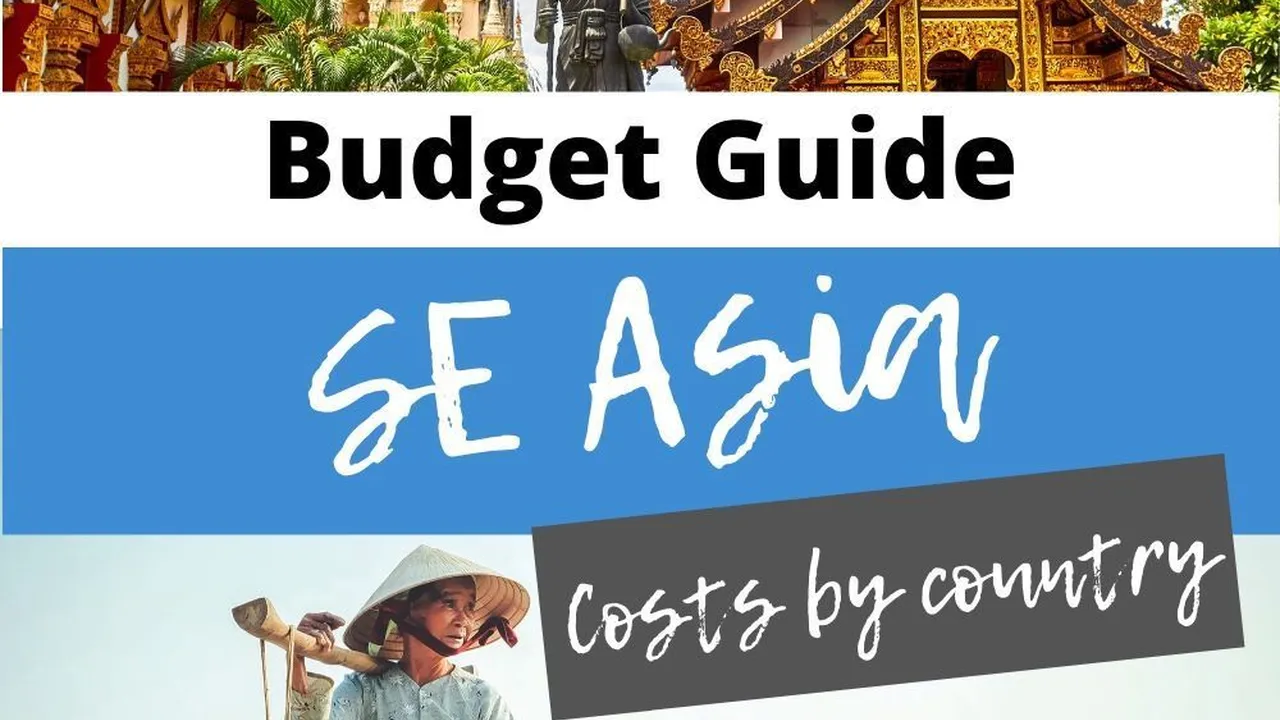Avoiding Travel Fees
Avoid unnecessary travel fees and save money on your digital nomad journey. This article highlights common fees to watch out for, including ATM fees, baggage fees, and roaming charges. Travel smarter and keep more money in your pocket.

ATM Fees How to Minimize Them
Okay, let's talk ATM fees. These sneaky charges can really eat into your travel budget, especially when you're bouncing between countries in Southeast Asia. The key is planning and being smart about how you access your cash.
First off, check with your bank back home. Some banks have partnerships with international banks, allowing you to withdraw money without those pesky transaction fees. For example, if you're with Bank of America, you can often use ATMs from partner banks like BNP Paribas in some Southeast Asian countries without fees. Definitely worth looking into!
Another tip is to withdraw larger sums of money less frequently. I know, it feels weird walking around with a wad of cash, but it's often cheaper than making multiple small withdrawals and getting hit with ATM fees each time. Just be smart about where you store it – a hidden money belt is your best friend.
Prepaid travel cards like Revolut or Wise (formerly TransferWise) are also great options. They often offer better exchange rates and lower withdrawal fees compared to traditional banks. Plus, you can easily manage your account through their apps, making it super convenient.
Finally, be aware of dynamic currency conversion (DCC). This is when the ATM offers to convert the transaction into your home currency. While it sounds helpful, the exchange rate is usually terrible, and you'll end up paying more. Always choose to be charged in the local currency.
Baggage Fees Mastering the Art of Packing Light
Baggage fees are the bane of every traveler's existence, especially for digital nomads who are constantly on the move. The solution? Become a master of packing light.
Start by investing in a good quality travel backpack or carry-on suitcase that meets airline size restrictions. Osprey Farpoint 40 is a popular choice for backpacks because it's durable, comfortable, and fits in most overhead compartments. For suitcases, consider the Away Carry-On – it's lightweight, stylish, and has a built-in USB charger.
Next, ruthlessly pare down your belongings. Ask yourself if you really need that extra pair of shoes or that bulky sweater. Chances are, you don't. Stick to versatile clothing items that can be mixed and matched, and consider investing in merino wool clothing, which is lightweight, moisture-wicking, and odor-resistant.
Utilize packing cubes to compress your clothes and keep them organized. These little fabric containers are game-changers for maximizing space. Roll your clothes instead of folding them – it saves space and prevents wrinkles.
Wear your bulkiest items on the plane. It might feel a bit silly, but it's a great way to avoid baggage fees. And remember, you can always ship items ahead of time if you absolutely need them. Services like DHL or FedEx can be surprisingly affordable, especially for longer stays.
Roaming Charges Staying Connected Without Breaking the Bank
Roaming charges are a major concern for digital nomads. The thought of racking up hundreds of dollars in data charges is enough to give anyone a panic attack. Luckily, there are several ways to stay connected without breaking the bank.
First, consider purchasing a local SIM card when you arrive in each country. These are usually much cheaper than using your home country's roaming plan. You can find SIM cards at airports, convenience stores, and mobile phone shops. Just make sure your phone is unlocked before you travel.
Another option is to use a travel SIM card like Airalo. These SIM cards offer data plans that work in multiple countries, making them a convenient option for hopping between locations. The rates are generally reasonable, and you can easily top up your data through their app.
Wi-Fi is your friend. Take advantage of free Wi-Fi at cafes, co-working spaces, and hotels. Just be mindful of security – avoid connecting to unsecured networks and always use a VPN to protect your data.
Consider using Wi-Fi calling apps like WhatsApp, Skype, or FaceTime to make calls and send messages. These apps use data instead of cellular minutes, so you can stay connected without incurring roaming charges.
Finally, be sure to turn off data roaming in your phone's settings to avoid accidental charges. It's a simple step that can save you a lot of money.
Credit Card Foreign Transaction Fees AVOID THEM
Foreign transaction fees are another sneaky way banks take your money. These fees are charged every time you use your credit card to make a purchase in a foreign currency.
The solution is simple: get a credit card with no foreign transaction fees. Many travel credit cards offer this perk, along with other benefits like travel rewards and insurance. Some popular options include the Chase Sapphire Preferred, the Capital One Venture Rewards, and the American Express Platinum.
Before you travel, notify your bank that you'll be using your credit card abroad. This will help prevent your card from being blocked due to suspicious activity. And always pay your credit card bill on time to avoid interest charges.
Specific Product Recommendations and Comparisons
Let's dive into some specific product recommendations to help you avoid these fees:
Revolut A Multi-Currency Account
Revolut is a fantastic option for managing your money while traveling. It's a multi-currency account that allows you to hold and exchange money in multiple currencies at near-perfect exchange rates. You can also use the Revolut card to make purchases and withdraw cash from ATMs without hefty fees (up to a certain limit, so check the terms).
Use Case: Ideal for everyday spending and ATM withdrawals in different countries. Great for transferring money between currencies.
Comparison: Compared to traditional bank accounts, Revolut offers significantly lower fees and better exchange rates. It’s more convenient than carrying large amounts of cash.
Price: Revolut offers several plans, including a free standard plan. Paid plans offer additional benefits like higher withdrawal limits and travel insurance.
Wise (Formerly TransferWise) For Larger Transfers
Wise is another excellent option for transferring money internationally. It uses a peer-to-peer system to match buyers and sellers of different currencies, resulting in very low fees and excellent exchange rates. It's especially useful for transferring larger sums of money.
Use Case: Best for sending money to yourself in a foreign bank account or paying for larger expenses like rent or accommodation.
Comparison: Cheaper than traditional bank transfers and services like Western Union. Transparent fees and excellent exchange rates.
Price: Fees vary depending on the currency and amount transferred, but they are generally very competitive.
Airalo eSIM for Global Connectivity
Airalo offers eSIMs (digital SIM cards) that you can download and install on your phone. This allows you to access local data plans without having to physically swap SIM cards. It's a convenient and affordable way to stay connected in multiple countries.
Use Case: Perfect for short trips or when you need data in multiple countries without the hassle of buying physical SIM cards.
Comparison: More convenient than buying physical SIM cards. Offers a range of data plans to suit different needs.
Price: Varies depending on the data plan and country. Generally more affordable than roaming charges.
Osprey Farpoint 40 Carry-On Backpack
As mentioned before, the Osprey Farpoint 40 is a fantastic carry-on backpack for digital nomads. It's durable, comfortable, and fits in most overhead compartments. It also has a padded laptop sleeve and plenty of pockets for organizing your belongings.
Use Case: Ideal for carrying your essentials on flights and navigating airports. Comfortable for walking around cities.
Comparison: A great balance of size, weight, and durability. More comfortable than a traditional suitcase.
Price: Around $160 - $200, depending on the retailer.
Final Thoughts A Proactive Approach
Avoiding travel fees requires a proactive approach. By planning ahead, using the right tools, and being mindful of your spending habits, you can save a significant amount of money and enjoy your digital nomad journey to the fullest. So go forth, explore the world, and keep those hard-earned dollars in your pocket!
:max_bytes(150000):strip_icc()/277019-baked-pork-chops-with-cream-of-mushroom-soup-DDMFS-beauty-4x3-BG-7505-5762b731cf30447d9cbbbbbf387beafa.jpg)





